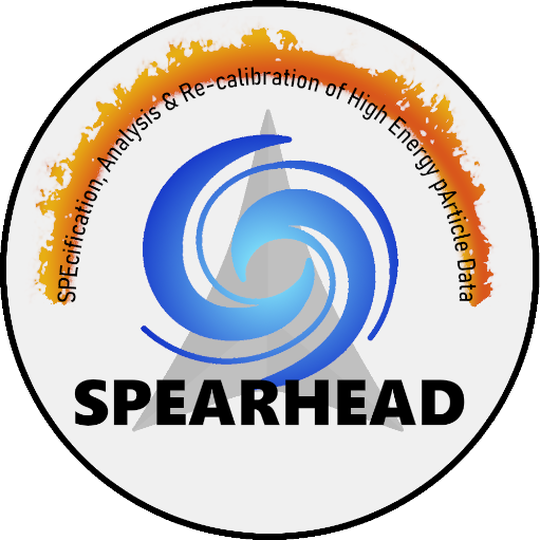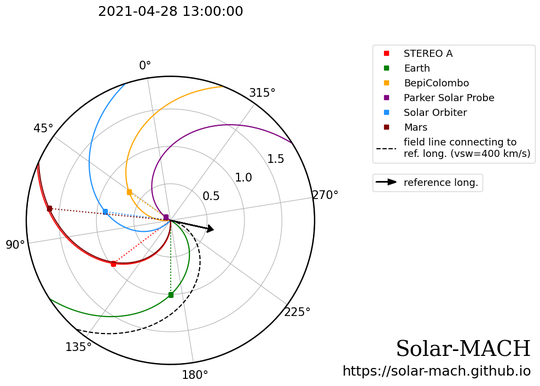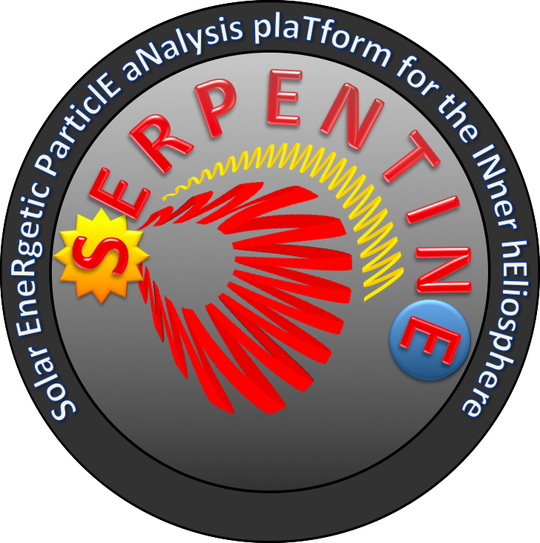About me
I am a Senior Researcher at the Space Research Laboratory at the University of Turku in Finland. As a member of multiple EU Horizon Europe projects that investigate Solar Energetic Particle (SEP) events, I am focussing on the analysis of energetic charged particles in the helisophere, with an emphasis on providing open-source Python software for this purpose. Furthermore, within the Finnish Centre of Excellence in Research of Sustainable Space (FORESAIL), I am investigating charged particles measured in the vicinity of Earth using CubeSats.
Interests
- Heliospheric Physics
- Solar Energetic Particles
- Galactic Cosmic Rays
- Radiation Belts / Magnetosphere
- Python
Education
-
Dr. rer. nat. (PhD) in Heliospheric Physics, 2018
University of Kiel, Germany
-
Diploma in Physics, 2008
University of Kiel, Germany
Recent Publications
Quickly discover relevant content by filtering publications.
Projects
Multi-spacecraft longitudinal configuration plotter
Public data set of RADiation MONitor (RADMON) measurements onboard the 1st Finnish CubeSat Aalto-1
Data set of monthly solar modulation potential values (1973-2017) derived from 1.28 GV proton proxies IMP-8 He and ACE/CRIS C
Contact
- Vesilinnantie 5, 20500 Turku, Finland
- Enter Building ‘Quantum’ and take the stairs to Office 351 on Floor 3






